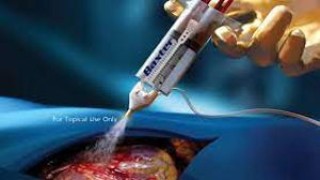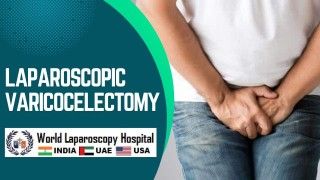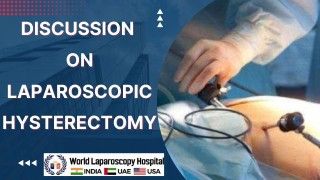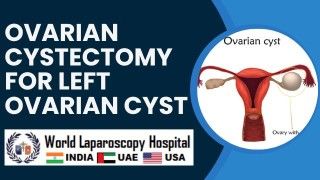Laparoscopic Surgery for Gall Stone
Add to
Share
100 views
Report
1 month ago
Description
Gallstones are hardened deposits of bile that form inside the gallbladder, a small organ located under the liver. While some patients may not experience any symptoms, others may suffer from severe abdominal pain, indigestion, nausea, bloating, and complications such as infection or blockage of the bile ducts. The most effective and widely accepted treatment for symptomatic gallstones is laparoscopic cholecystectomy, a minimally invasive surgery to remove the gallbladder. What is Laparoscopic Gallbladder Surgery? Laparoscopic surgery, also called keyhole surgery, is a modern technique that allows surgeons to remove the gallbladder using a few small incisions rather than a large open cut. A laparoscope (a thin tube with a camera) is inserted into the abdomen, which projects real-time images onto a screen, guiding the surgeon to safely remove the gallbladder and stones. Advantages of Laparoscopic Surgery for Gallstones Minimally Invasive: Small incisions, less pain, and faster healing. Short Hospital Stay: Most patients go home within 24 hours. Faster Recovery: Return to normal routine within 1–2 weeks. Cosmetic Benefits: Tiny scars compared to a large open surgical scar. Lower Risk of Complications: Reduced chance of infection and blood loss. Who Needs Surgery? Laparoscopic gallbladder removal is usually recommended for patients with: Recurrent gallstone pain (biliary colic) Gallbladder infection (cholecystitis) Stones blocking the bile duct (choledocholithiasis) Gallstone-related pancreatitis Severe digestive disturbances due to stones The Procedure in Brief The patient is given general anesthesia. 3–4 small incisions are made in the abdomen. A laparoscope and surgical instruments are inserted. The gallbladder is carefully separated and removed. Incisions are closed with sutures or surgical glue. Recovery and Post-Surgery Care Patients are encouraged to walk within hours after surgery. Light diet can usually be resumed the next day. Normal activities can be started in a week, though heavy exercise may need 2–3 weeks. Mild discomfort or bloating may occur initially, but it usually settles quickly. Conclusion Laparoscopic surgery for gallstones has revolutionized the management of gallbladder disease, offering patients a safe, effective, and minimally invasive solution. With quicker recovery, minimal scarring, and high success rates, it is now considered the gold standard treatment for gallstone disease worldwide.
Similar Videos






